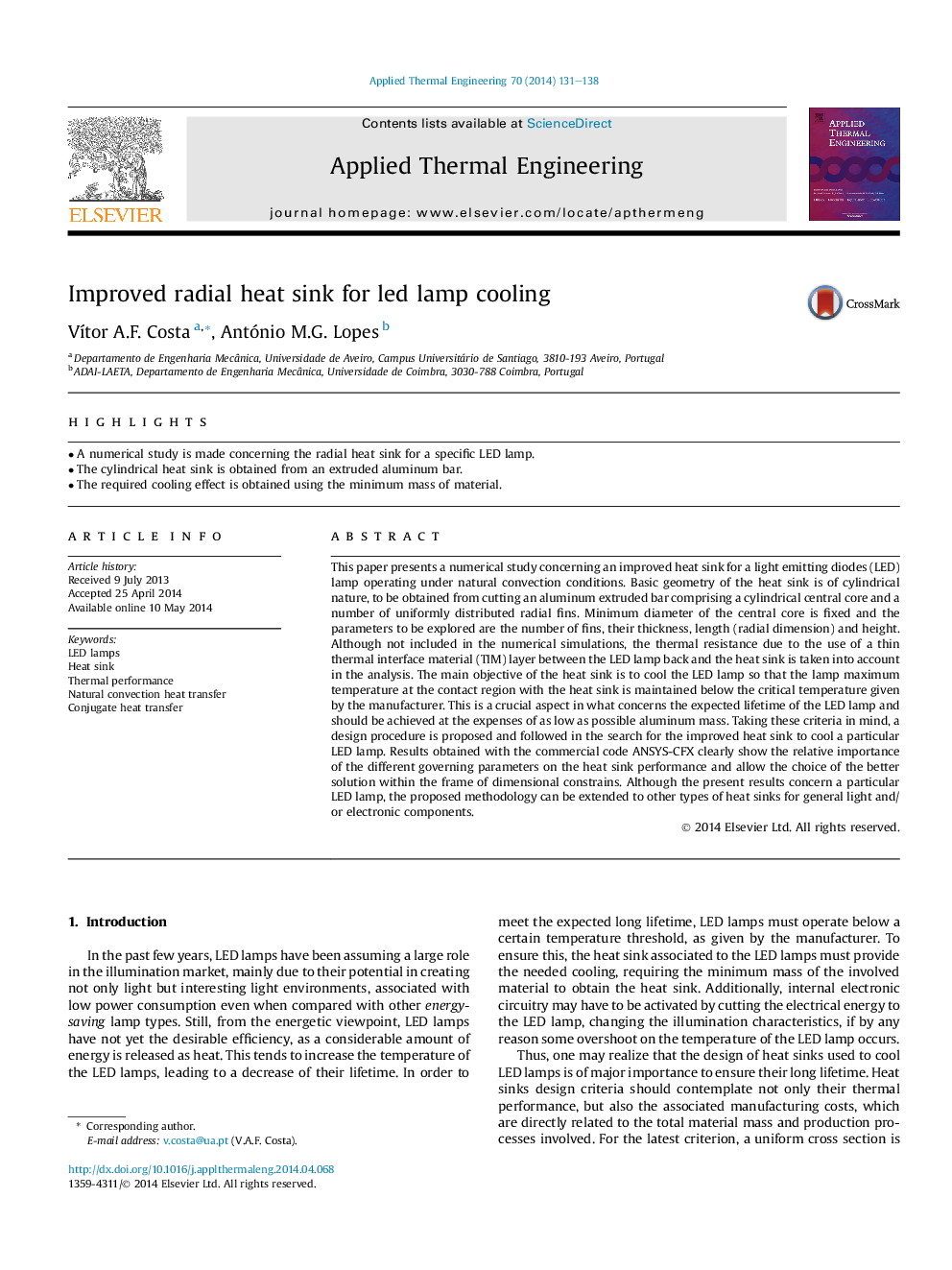ترجمه فارسی عنوان مقاله
سینک حرارتی شعاعی بهبود یافته برای خنک کردن لامپ ال ای دی
عنوان انگلیسی
Improved radial heat sink for led lamp cooling
| کد مقاله | سال انتشار | تعداد صفحات مقاله انگلیسی |
|---|---|---|
| 57993 | 2014 | 8 صفحه PDF |
منبع

Publisher : Elsevier - Science Direct (الزویر - ساینس دایرکت)
Journal : Applied Thermal Engineering, Volume 70, Issue 1, 5 September 2014, Pages 131–138
ترجمه کلمات کلیدی
لامپ های ال ای دی - سینک حرارتی؛ عملکرد حرارتی؛ انتقال حرارت طبیعی؛ انتقال حرارت مزدوج
کلمات کلیدی انگلیسی
LED lamps; Heat sink; Thermal performance; Natural convection heat transfer; Conjugate heat transfer

